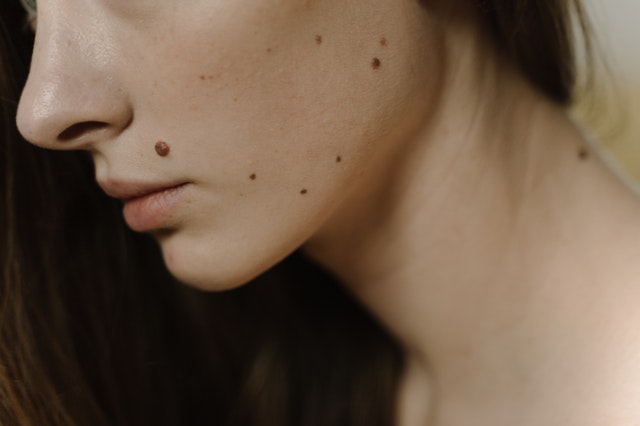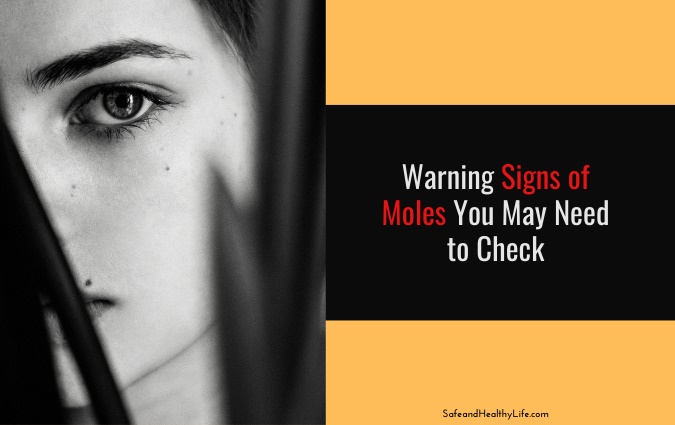The Rise of Skin Cancer Among Those Aged 25-49
While COVID-19 has reduced our ability to travel and enjoy a sunny beach holiday, it is still believed that 4 out of 10 people will travel abroad each year for a summer holiday.
Exposure to strong UV rays from the sun, both abroad and at home, increases our susceptibility to skin damage from the sun which can then develop into skin cancer.
The Independent has found that there has been a 71% increase in skin cancer cases in people aged between 25-49 since the 1990s.
The turn of the century saw the rise in usage of the internet and low-cost airlines and holiday companies that could provide holidays to dream locations for a fraction of the prices, making abroad holidays very accessible.
Low-cost airlines such as EasyJet and Ryanair were able to offer extremely low-cost flights regularly while emerging companies such as Airbnb were able to provide cheaper, yet equally luxurious accommodation at a considerably reduced price to traditional holiday providers.
As a result, The Office of National Statistics found that holidaymakers began to focus on short-haul, 7 day holidays to locations such as Spain, France, and Italy during the summer months compared with UK locations such as Cornwall or Blackpool with less guarantee of sunshine and high temperatures.
Additionally, a culture shift in how we view our image saw a rise in the use of tanning salons and sunbeds to feed our desire for ‘glowing’ skin.
In the last year alone, 10% of people aged 25-44 used sunbeds. 1 in 50 Britons has been found to have an addiction to the use of sunbeds to achieve a ‘summer tan effect’.
Coupled together, it’s no wonder why there is an alarming increase in the number of melanoma and other skin diseases occurring from UV exposure.
Particularly, with regards to tanning salons, many dermatologists are fighting to have them banned from the UK entirely.
While many of us believe myths about sunbeds and the sunshine, suggesting that we’re just “getting a base tan” or “spending time in a sunbed for 5 minutes is only like being out in the sun for 10 minutes”, we are actually putting our skin under a microscope for harmful UV rays that can cause immediate and long-term skin damage.
Get Your Moles Checked If You See Any of These Warning Signs
With increased exposure to harmful UV rays, it is important that we are educated in what warning signs to be looking out for which may require professional mole checks from a dermatologist.
Dr. Vishal Madan, a consultant dermatologist at Everything Skin Clinic, suggested we should be regularly checking our moles to determine whether or not a mole is suspicious.
We should be paying specific attention to our moles if we are regularly visiting tanning salons or using no sun protection while out in the sunshine.
We’d suggest looking out for the following when examining your moles:
Mole Asymmetry
Moles that aren’t asymmetrical could be a sign they need to be checked.
Mole Border
Suspicious moles tend to have jagged and uneven borders and are not smooth.
Mole Colour
Multiple colors within a mole, or a mole becoming much darker can be a warning sign, requiring immediate checking.
Mole Diameter
Should the mole size exceed a quarter of an inch or has grown beyond this, consider visiting a dermatologist.
Mole Evolution
Moles that evolve in shape, color or size, or have become an itchy need to be reviewed by a Dermatologist.
The Stand Out Mole
A mole that is visibly different from others may need to be reviewed by a dermatologist.
Other Skin/Mole Warning Signs

Photo Credit: Pexels
There are other skins and mole irritations that may be cause for concern and require you to visit your dermatologist to get your moles checked professionally. For example:
Unhealed Sore on the Skin
Sun-damaged skin that doesn’t heal can sometimes be a sign of skin damage and melanoma. Be sure to visit a dermatologist.
Spot Pigment Spread
If the pigment from the border of a spot has spread into the surrounding skin this could be a sign of skin disease too.
Redness and Swelling beyond the border of a Mole
Soreness and swelling beyond the border of a mole could be a sign of a damaged mole and would need immediate checking for safety precautions.
Moles with Sensations
If a mole has a change in sensation and has become very itchy or tender and sore, the mole could be damaged and would require a review by a dermatologist to check for any dangerous signs from the mole.
Mole Surface Has Changed
If the surface of the mole has changed, such as dryness or oozing pus, or bleeding, then this could be classed as mole evolution and should be viewed by your dermatologist.
Checking Your Moles Can Save Your Life
It’s not all doom and gloom if you see a mole warning sign. If you get your moles checked early enough, you can make a full recovery from skin cancer.
Even at later stages, survival rates remain higher than some cancers and many survive for 5 years or more after diagnosis.
If left untreated, more complications can arise, and this is where serious harm can be caused to your skin and potentially reduce your chances of long-term survival.
In short, we’d suggest getting your moles checked if you have any concerns.
About The Author:
Stacey Smith is a freelance health writer. She is passionate to write about women’s health, dental health, diabetes, endocrinology, and nutrition and provides in-depth features on the latest in health news for medical clinics and health magazines.





